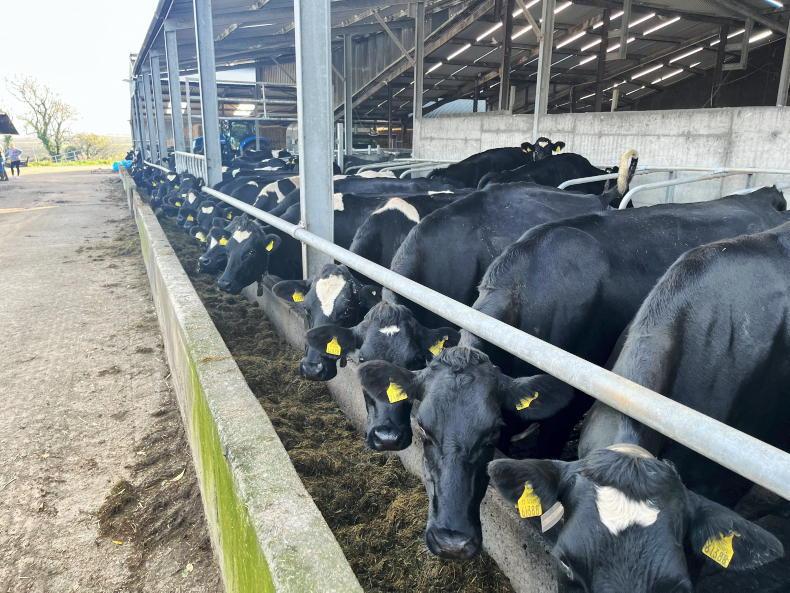Soil sampling: What better way to burn off a few calories after the excesses of Christmas Day than to do some soil sampling? It’s not the easiest of tasks, as it involves a lot of walking, particularly where there are large areas to be covered. Some farmers will use an old-school bag to carry the samples around, freeing up their hands for the sampling. Fields should be sampled in a W shape and the maximum sample size permitted for the nitrates derogation is 5ha, but, in reality, most samples should be taken from areas about half this size.
As per the nitrates rules, soil samples are required every four years. However, the best farmers will take samples every one or two years. As chemical phosphorus allowances are curtailed and as many believe existing allowances to be insufficient to maintain good soil fertility, more regular sampling is the best defence against reducing soil fertility.
As a result, there is a case to be made for sampling once every year, as this will ensure that any negative changes in soil fertility are picked up early and therefore an increase in the allowance will be permitted. On farms or parcels that don’t have soil tests, the Department will presume they are at index four for P and therefore won’t have any allowance for chemical P. Shop around for best value in soil testing. With so much meal fed in 2024, P allowances will be under more pressure in 2025 nutrient management plans.
Body condition score: Looking at cows in sheds over recent weeks, it looks like there could be issues with body condition score (BCS) this spring. Not because cows are too thin, but because some cows will be too fat. It’s the culmination of extra feeding and lower production that has meant that cows have carried through excess body condition since summer.
It just shows how inefficient concentrate feeding is because cows get fat rather than put more milk in the tank. I know meal was being fed as a replacement for grass, but the lesson for me is, if there is enough grass, leave the extra meal in the bin. The big risk with fat cows at this time of year is metabolic disorders, such as milk fever and then excessive BCS loss post-calving leading to other problems.
This will be especially acute where silage quality for freshly calved cows is only middling.
Late-calving cows are at greater risk of being too fat, so they should really be put into a pen of their own and fed restricted silage as opposed to ad-lib silage. Restricted silage should be considered for all cows if they are on target BCS. Typically, dry cows need about 12kg DM/day.
Weigh how much silage is in each grab and work out the total kilos of dry matter per grab and then feed however many grabs are required per day. This works well, provided that cows have access to all eat at the one time, which is about 2ft of feed space per cow.
New Year resolutions: What will it be this year? Do a budget and quarterly or monthly cashflows? Lose weight? Build extra slurry storage? Get more clover established? Spend more time with family? Employ extra help? Pay off debt? Mend broken friendships?
